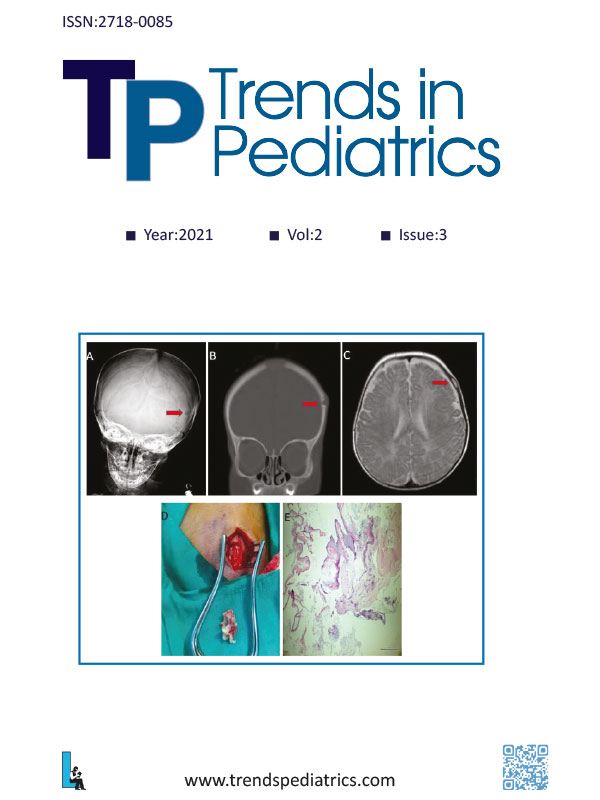Abstract
Due to vaccination and better socioeconomic conditions, childhood infectious diseases have dramatically decreased in recent years. Respiratory tract infections (RTI) are common childhood infection diseases. Although most of the upper respiratory tract infections are usually self-limited and resolve within 7-10 days, some patients have persistent symptoms for more than 3-4 weeks. Presence of both respiratory comorbidities and recent RTI can be independent predictors for adverse events during anesthesia. A RTI can increase the risk of perioperative respiratory complications from 2-7 times, hence postponement of anesthesia for elective surgeries for several weeks is applied in daily practice. The complications are most frequent during an active respiratory infection, however, bronchial hyper-reactivity can persist for 6 weeks or more even after the disappearance of clinical symptoms. In general, signs of an active lower respiratory infection, and presence of a systemic illness should warrant canceling an elective procedure. Minimum 2 weeks, up to 6 weeks of interval is advised. The potential risks of RTIs during the perioperative period lead to the cancellation of elective procedures until at least being asymptomatic. This cancellation can have important social, economic, and emotional consequences for both the child, his/her family, and the medical team. In general, signs of an active lower respiratory infection, and presence of a systemic illness should warrant canceling an elective procedure. A consensus guideline derived from multidisciplinary points of view can provide a detailed and valid algorithm for especially challenging cases. In addition, ongoing exclusive educational and training programs could aid the clinicians in their everyday practice.
Keywords: Infectious disease, children, anesthesia
Copyright and license
Copyright © 2021 The author(s). This is an open-access article published by Aydın Pediatric Society under the terms of the Creative Commons Attribution License (CC BY) which permits unrestricted use, distribution, and reproduction in any medium or format, provided the original work is properly cited.














